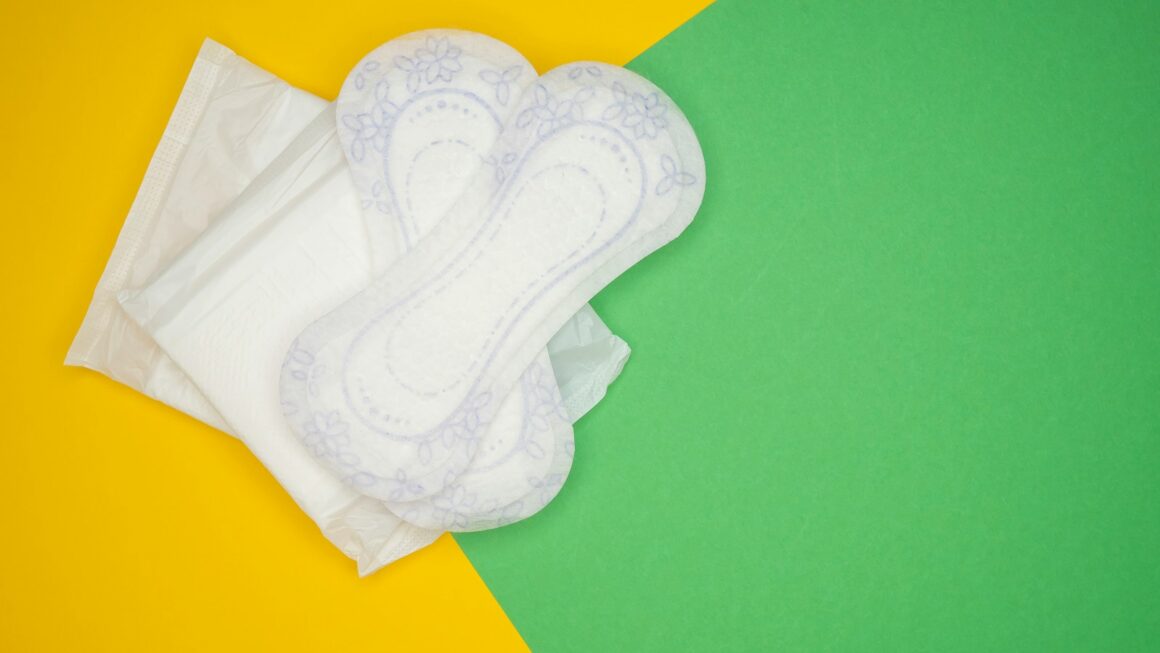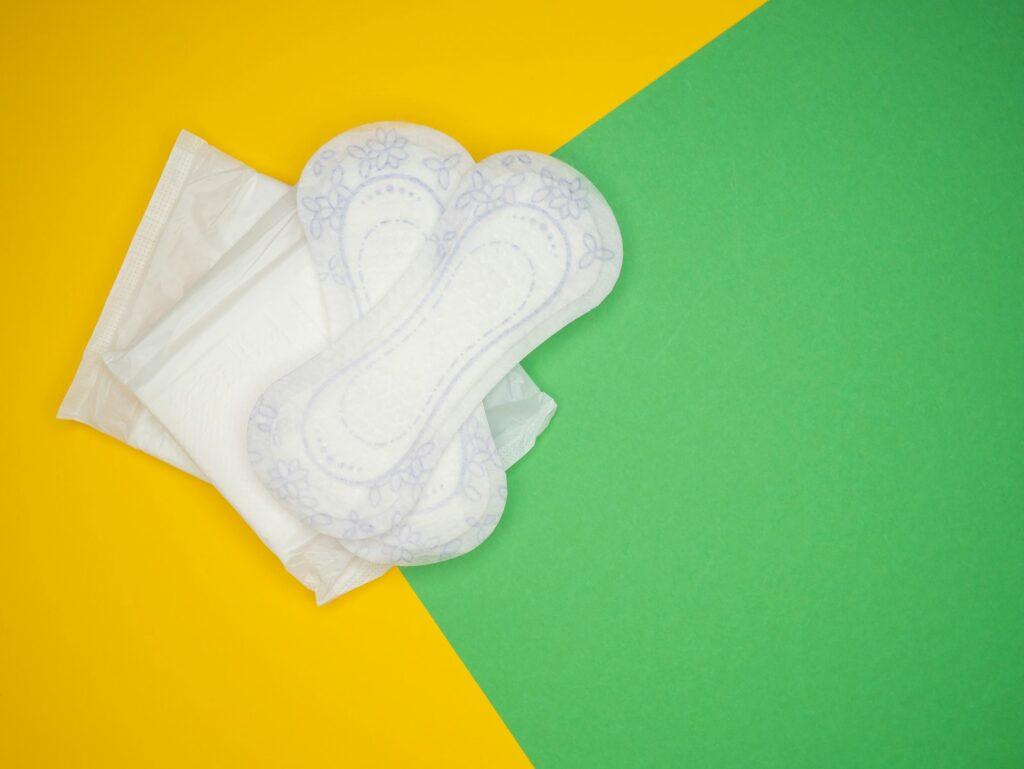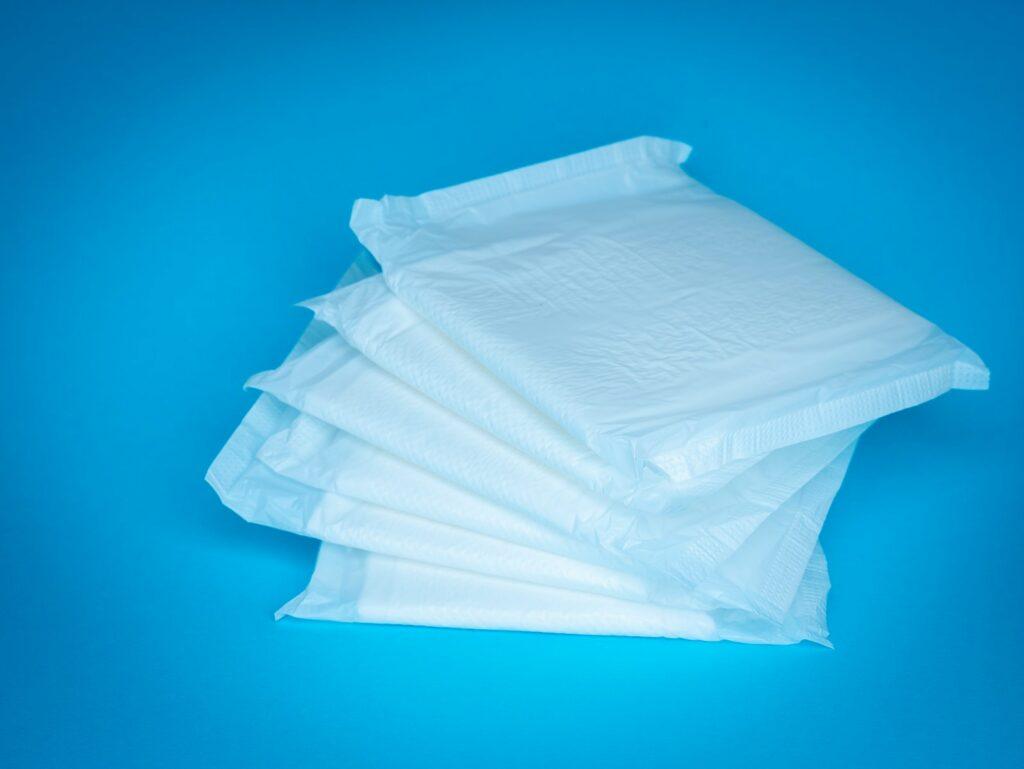Holler to my ladies in Japan. This blog was made for you. And if you’re a guy and you’re reading this anyway, well I’m just happy for the view and I ain’t judging. Today, we will take a deep dive into sanitary napkins in Japan.
The Many Types and Descriptions of Sanitary Napkins in Japan
The first few months I was in Japan, I was stupid enough to think that I could get away with choosing my pads simply by looking at the pictures on the package. I mean, if it looks thick enough in the picture and it has no wings – well then, that’s my preference and we should be good to go. And then, I’d go blabbing about how sanitary napkins in Japan ‘are just different’.
Needless to say, I was wrong. Once I took the time to actually check the fine print, I found that the only real problem there is about sanitary napkins in Japan is that there are too many options and details!
User’s ‘flow’
| 普通用 | futsuuyou | regular flow |
| 多い日用 | ooihi you | heavy day flow |
| 軽い日用 | karuihi you | light day flow |
| 超 | chou | super/very heavy flow |
| 特に多い日用・特に多い昼用 | tokuni ooihiyou/tokuni ooihiru you | especially heavy day flow/especially heavy daytime flow |
*For those who do not speak Japanese, note that ‘you’ here means ‘use’ so ‘futsuuyou’ for example, means ‘for use on regular flow’.
*chou means very and you may also see it with other words describing the pad. ‘chou surimu’ for instance, means very slim.
Time of use
| 昼用 | hiruyou | day use |
| 夜用 | yoruyou | night use |
| 長時間 | choujikan | long-time use/long-lasting |
| ぐっすり・熟睡 | gussuri・jukusui | sound asleep*means you can sleep soundly when you use it, without worrying about leakage and thus signals that it’s for overnight use. |
Wings or no wings
| 羽つき | hane tsuki | with wings |
| 羽なし | hane nashi) | without wings |
Thickness
| すっきり | sukkiri | trim |
| スリム | surimu | slim |
| 薄い | usui | thin |
| 極薄 | kyoku usu | super thin |
| 超スリム | chou surimu | very slim |
Texture
| さらふわ | sarafuwa | smooth |
| ふわ | fuwa | fluffy/thick |
| やわらか | yawaraka | soft |
Napkin/Liner
| ナプキン | napukin | napkin |
| ライナー | rainaa | liner |
Length
This one’s easy enough as it is indicated in centimeters on the package. Typically, you get the following lengths for the corresponding type of pad:
● 20 to 23 cm (light day pads and liners)
● 24 to 32 cm (pads for heavy flow)
● up to 42 cm (overnight pads)
Scents
| something の香り | something no kaori | scented with the smell of something |
| 無香料 | mukouryou | non-scented |
| 消臭 | shoushuu | deodorizing |
Other common words on package
| 安心 | anshin | peace of mind |
| *number こ入・コ入 | *number ko iri | *number pads inside |
| 吸収 | kyuushuu | *absorption (the word itself is usually preceded by an adjective which differs depending on the pad and the brand but if it’s mentioned on the package, then it’s guaranteed that the pad’s absorption is one of it’s selling points |
Samples for Reading Labels (Refer to YouTube Video)
Example 1:
Let’s look at two random napkin packages and try to see what we can understand from the labels just from the words we learned earlier.
On the top right, you have ‘特に多い日の夜用’ which tells us that it’s for use on nights you have a very heavy flow.
’羽付き’ is also written which means that it’s a winged pad (but that’s apparent on the picture anyway)
You could also see that it’s a 36cm long maxipad.
It says 14個入り, which means that it contains 14 pads.
At the very middle, you see a very big 超安心 which tells us that you will have complete peace of mind using it. As a whole, it actually says “peace of mind till the morning” but eve if you couldn’t read the entire sentence, just the word 安心 should be enough clue. It even appears twice. On the lower left, you can also see ‘モレ安心’ which means that you don’t have to worry about it leaking.
(There are still other things written on the label. For example, on the upper left, it says that the entire time you are sleeping, you don’t have to worry about leaks. Even if you can’t read that however, it’s along the same line as the things you could ‘read’ using what we learned earlier so you should be good to go.)
If this sounds like your kind of maxipad, stock up and get it from Amazon by clicking below:
Example 2:
Starting with the labels on the right, we can learn that:
- it contains 22 pads (22コ入り)
- it’s for days when you have a ‘regular’ flow
- it’s 21 cm long and has wings
- it has good absorption
- at the center, it says that it has a soft texture (and again emphasizes on the ‘good absorption aspect)
Get two packs of this from Amazon in just one go by clicking the link below:
Other Tips
When I first saw it, I was shocked but it’s actually a quite common practice for drugstores to display actual pads as samples right there on the sanitary napkin aisles! So, all you have to do is check out which one is close to your regular product at home and buy that. Or, if there’s a particular pad you haven’t tried before but are curious about, then you can use the samples to examine the quality.
Although they exist, sanitary napkin vending machines in public restrooms are not very many so be sure to always have a pad handy in case your flow starts unexpectedly.
If you do find yourself in the unfortunate situation of not having a sanitary napkin when you need it, the fastest way to get one is to rush to your nearest convenience store. The selection there is not as wide as the one you would find in drug stores and supermarkets though.
Buying in bulk from Amazon is a great way to save some money and ensure that you always have them in stock.
Cloth napkins are more common in Japan than I initially expected. I have not tried them myself (although I am planning to) so I can’t actually speak for the quality or give any recommendations at this time. However, if they are your product of choice, you can easily buy sets of them online from sites like Amazon by searching for 布ナプキン(nuno napukin).
Fulfilling Your Sanitary Needs in Japan
The world of sanitary napkins in Japan might seem like a lot at first, but with a little know-how, you’ll find the perfect fit for your needs. Understanding the different types, labels, and options available helps you make better choices, keeping you comfy and worry-free during your period.
Whether you like disposables or are thinking about trying cloth napkins, there’s something for everyone. For more tips and stories about life in Japan, check out my post on mastering how to use washlets—or as I call them, Japan’s advanced toilet technology.





